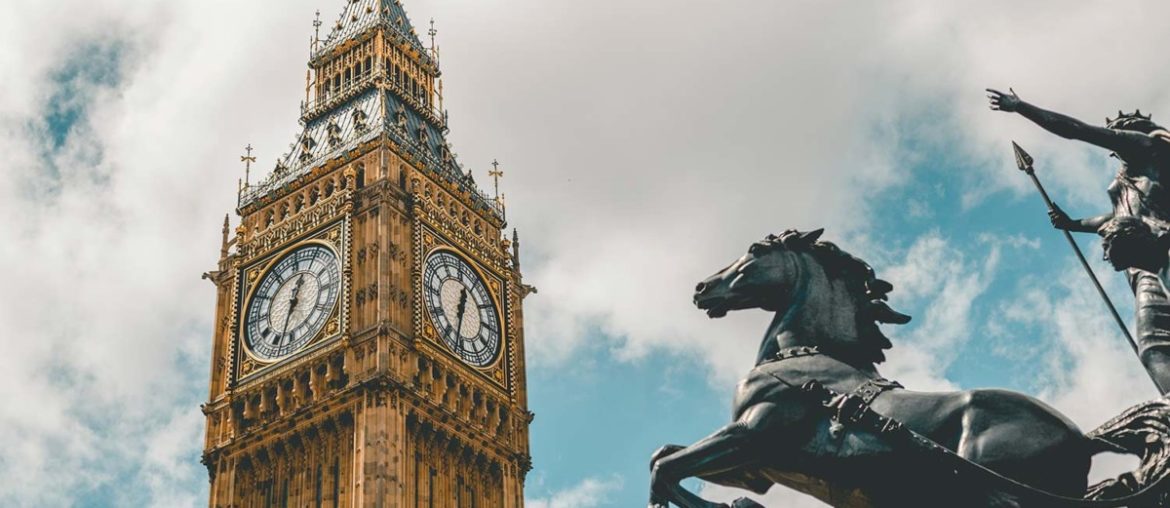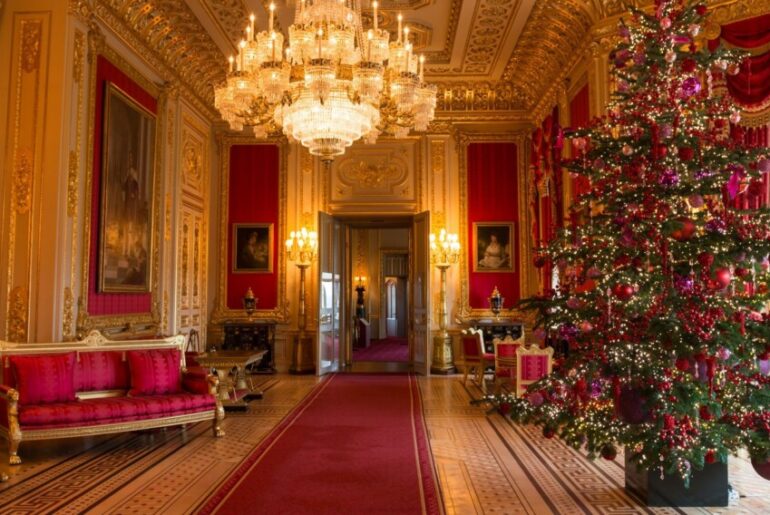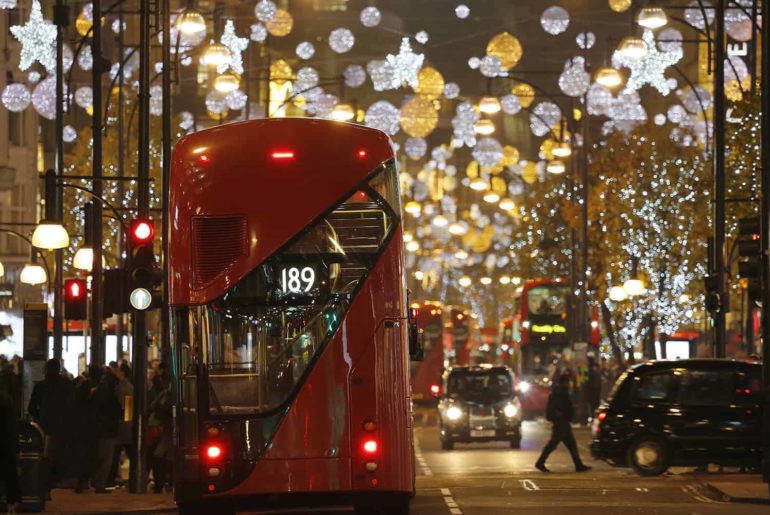There’s no denying that the UK’s story is one of the most fascinating in recent history. Thanks to its military might, Britain once controlled the world’s largest empire and virtually all global trade.
As such, you’ll find memorials commemorating those who won some of London’s most decisive battles in history.
Which statues and monuments in London are worth a visit on your next trip to the British capital? We recommend:
- Nelson’s Column
- Wellington and Marble Arch
- The Cenotaph
- The Battle of Britain Monument
- Crimean War Memorial
- The Victoria Memorial
- Albert Memorial
- Charles I Statue
- Oliver Cromwell Statue
- Boudicca Monument
We tell you more about each statue and monument’s history below!
Nelson’s Column
Standing proudly in the centre of Trafalgar Square is the 52m-tall Nelson’s Column. It was constructed to honour Admiral Nelson’s navy successes against Napoleonic France in 1805, when the Admiral himself, unfortunately, lost his life. You can tour Nelson’s ship, HMS Victory, in Portsmouth.
Wellington and Marble Arch
After being defeated at the Battle of Trafalgar, Napoleon again engaged Britain at the Battle of Waterloo. And, again, the Brits were triumphant, but this victory brought the Napoleonic Wars to an end. The two arches on the corners of Hyde Park commemorate the victories of the Duke of Wellington and the Royal Navy.
The Cenotaph
The Cenotaph in Whitehall is one of architect Edwin Lutyens’ most iconic post-WWI memorials. Each year on November 11 (Remembrance Day), the King, his politicians, and a host of ambassadors lay wreaths at the memorial.
The Battle of Britain Monument
Following WWI, the world remained divided. It took just over two decades for war to break out once again. Along London’s Embankment, you’ll bump into The Battle of Britain Monument, which honours Britain’s critical victory over Germany during the famous aerial battle of 1940 when Germany failed to conquer our island nation.
Crimean War Memorial
Head to St James’s Park to see the Crimean War Memorial, which pays homage to Britain, France and Turkey’s victory against Russia during the war that lasted from 1853 to 1856. This is one of the first wars to garner extensive media coverage.
The Victoria Memorial
The intricate statue situated just in front of Buckingham Palace is the Victoria Memorial, built to honour Queen Victoria, who reigned over the UK during the height of the British Empire. Queen Victoria and her governments ruled over 400 million people during her 64 years as monarch.
Albert Memorial
Queen Victoria famously loved her husband, Prince Albert, so much that she wore only black after his death. Additionally, she had the Albert Memorial constructed using mostly public donations. The memorial itself was built in 1872, though the statue of Prince Albert was added four years later.
Charles I Statue
Charles I is one of Britain’s more controversial monarchs. Like his father, James I, Charles believed in the ‘Divine Right of Kings’. As such, he ruled without interference from Parliament for 11 years, which sparked the English Civil War between the Cavaliers (supporters of Charles) and the Roundheads (Parliamentarians). You can see the equestrian statue of Charles I at Charing Cross.
Oliver Cromwell Statue
After Charles I was defeated and executed, Britain was without a monarch for eleven years, operating as a republic led by army general Oliver Cromwell. Cromwell died in 1658 due to complications from Malaria, though many believe that his daughter’s death prevented his recovery.
Boudicca Monument
On Westminster Bridge, there’s a statue of Boudicca, who was the Queen of the Iceni (a part of Northern England) during the Roman occupation of England. She is one of the most respected tribal leaders who drove the Romans out.
To see these iconic locations and more, make sure to check out our amazing tours of London. They capture the very best of what the city has to offer.






